Key Points and Summary – The SR-71 was retired in 1990 on cost and survivability grounds despite unmatched speed, altitude, and responsiveness.
-Congress forced a limited 1990s revival, but Air Force resistance, budget fights, and a failed line-item veto saga ended operations by 1998; NASA flew two jets for research. A post-9/11 plan to reactivate three airframes collapsed over cost and leadership buy-in.
-Since then, Lockheed’s hypersonic “SR-72” concept—an unmanned Mach-6 reconnaissance/strike platform—has generated headlines, investor teases, and pop-culture nods, yet no confirmed program of record.
-The Blackbird’s legacy endures: satellites and RPAs expanded coverage, but nothing has fully replaced its speed-driven, on-demand ISR niche.
-BONUS: We have included video and photos from our various visits to see the SR-71 Blackbird over the years.
The SR-71 Blackbird Broke All the Records
The SR-71, best known as the Blackbird, was an iconic Cold War aircraft. Built by Lockheed Martin in the 1960s, the Blackbird was retired around the same time the Cold War ended, in 1990.
The Los Angeles Times reported in April 1989 that the Air Force was “planning to retire, perhaps prematurely,” the SR-71, which had been “eminently successful in performing its mission for more than 20 years.”
Air Force Chief of Staff Gen. Larry D. Welch testified before Congress in 1989 that there were several reasons to retire the SR-71. Among them were the “increased survivability of reconnaissance satellites, SR-71 vulnerability to the Soviet SAM-5 surface-to-air missile, and the cost of maintaining the SR-71 fleet.”
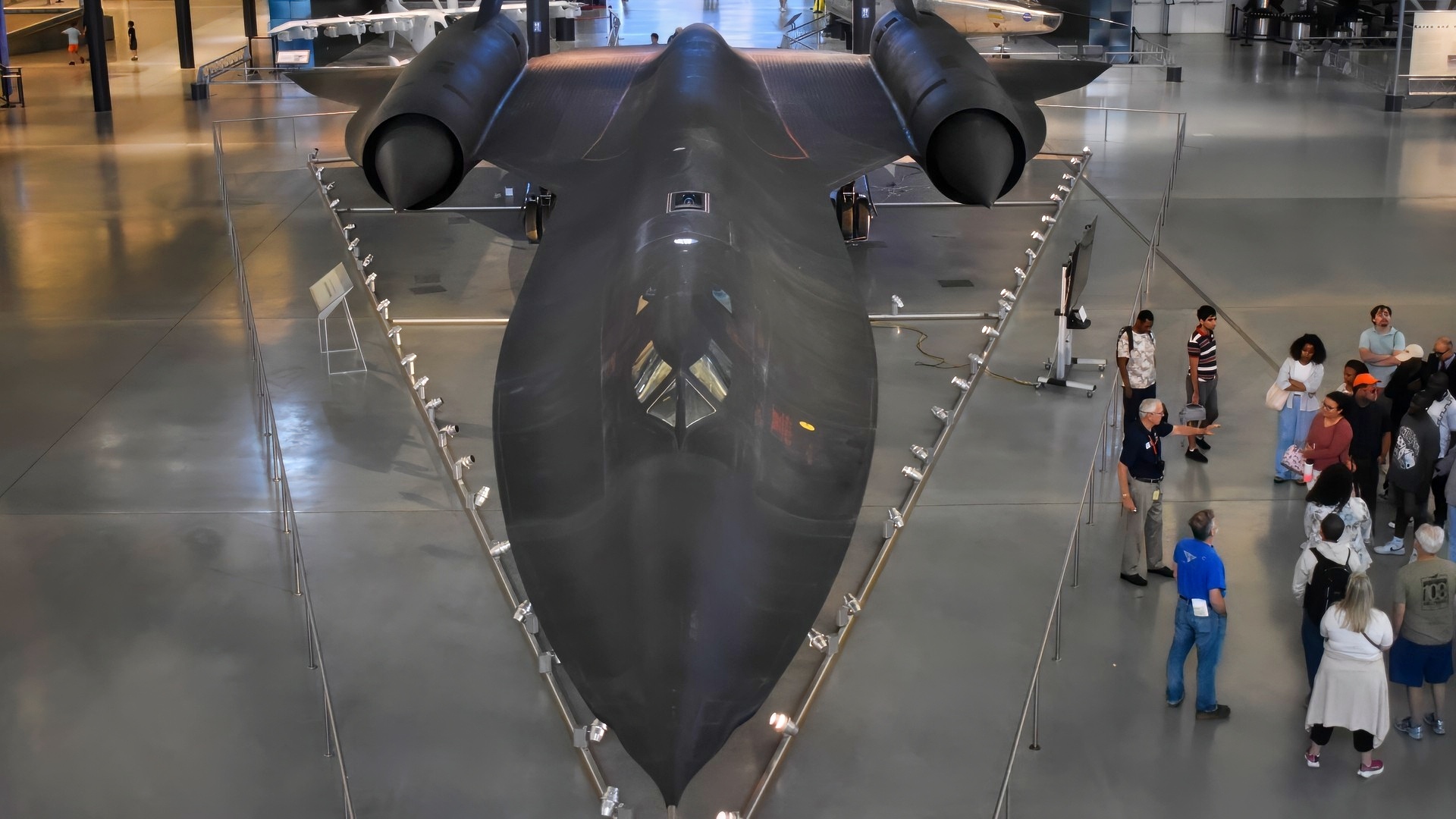
SR-71 Photo Taken September 26, 2025. Image Credit: National Security Journal.
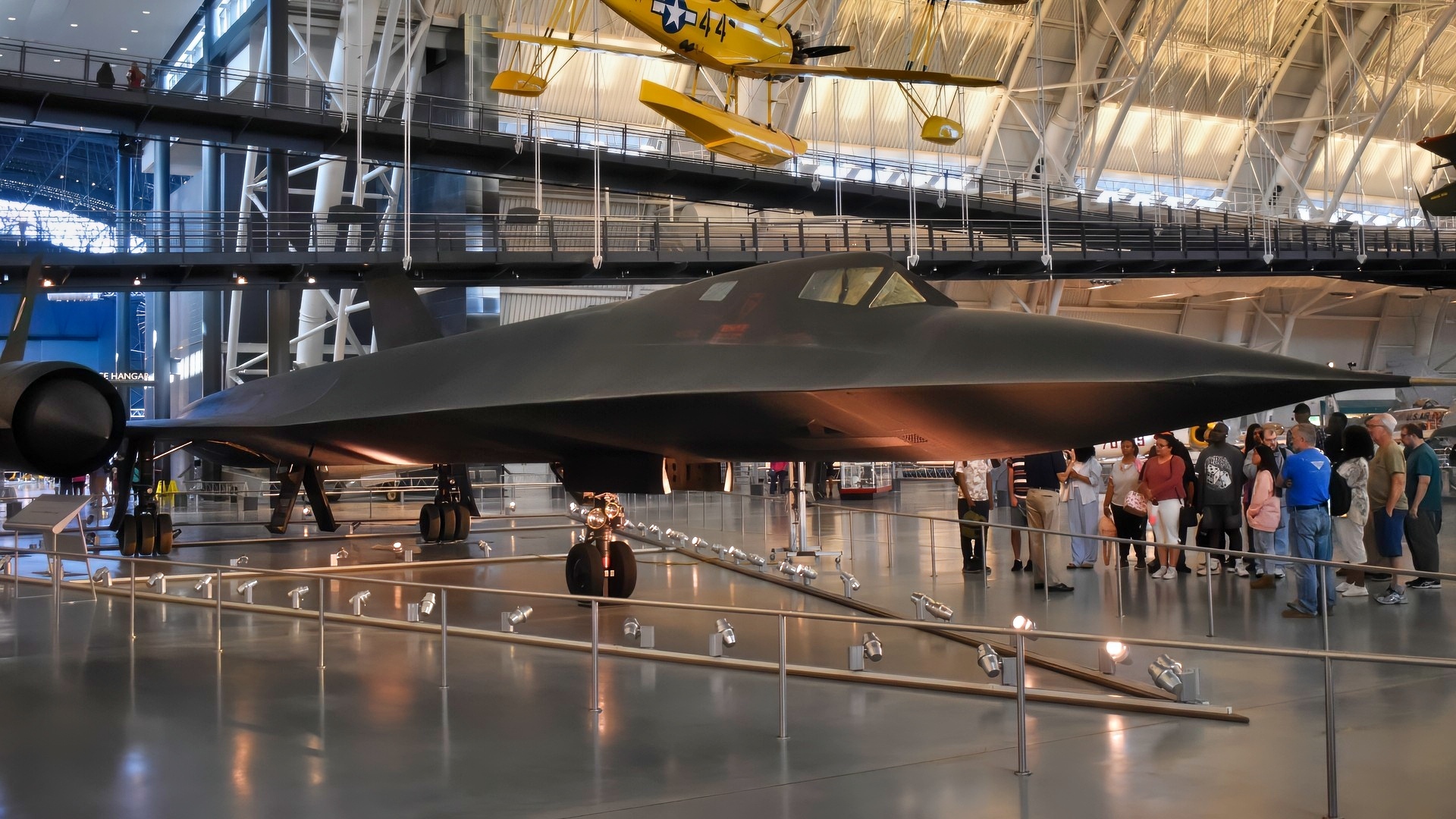
SR-71 Blackbird NSJ Photo. Image Credit: Dr. Brent J. Eastwood.
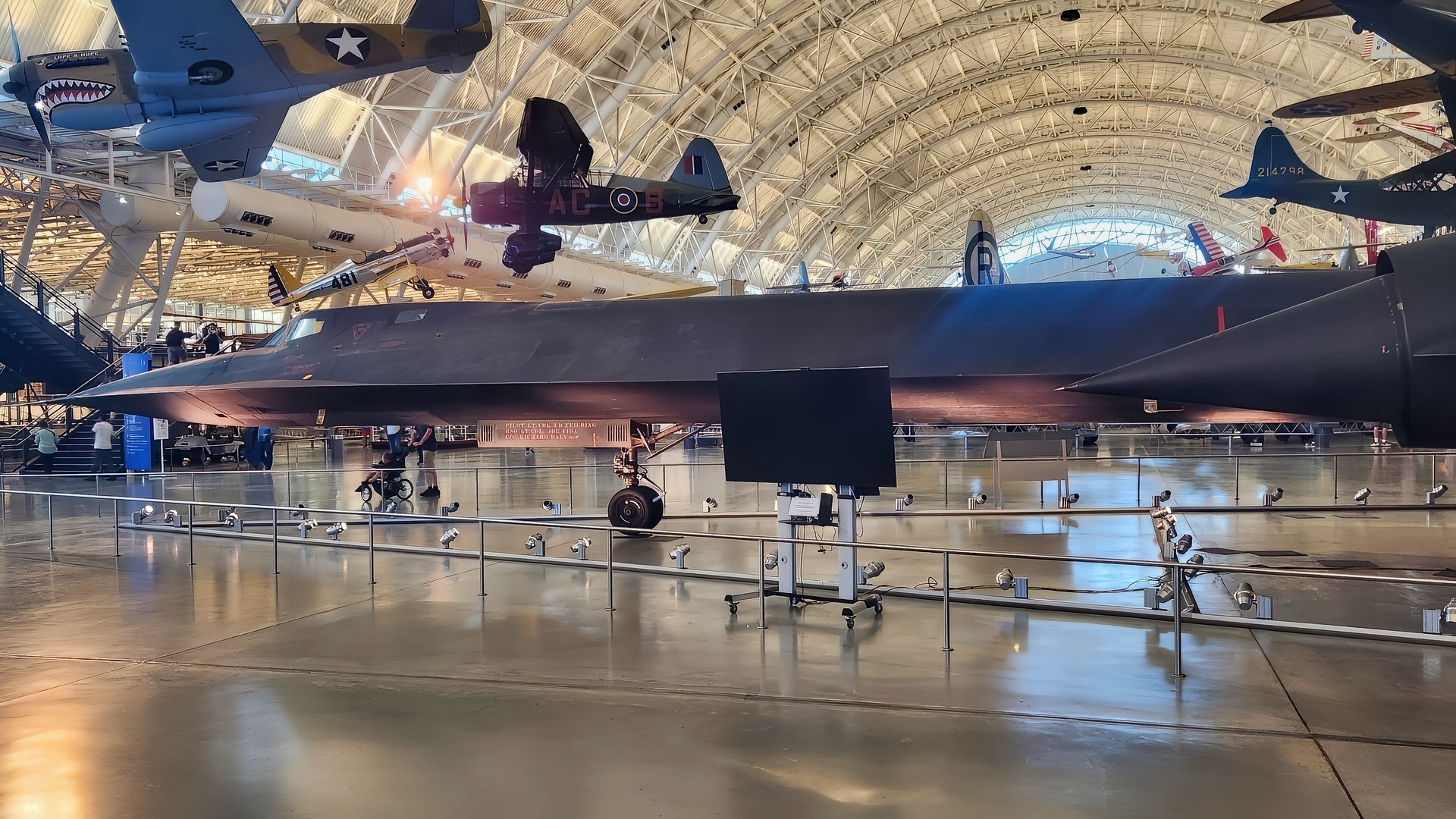
Amazing SR-71 Blackbird September 2025. Image Credit: National Security Journal/Dr. Brent M. Eastwood.
There were some efforts to preserve the SR-71, with Senator and legendary astronaut John Glenn leading the charge. But the efforts were unsuccessful, and the SR-71 was retired that next January. Shortly before its retirement, according to The War Zone, there was a “coast-to-coast record-setting flight” to deliver Blackbird 61-7972 to the National Air & Space Museum.
A year later, the U.S. went to war again, briefly, in the Persian Gulf.
Retirement and Revival
According to a history compiled by the Aviation Geek Club, several Blackbirds were donated to museums, with three others loaned to NASA.
But in 1994, President Bill Clinton signed the Defense Authorization Bill, which allocated $105 million for “the limited reactivation of the SR-71 as a contingency program.”
Clinton’s decision came because Congress was “uneasy at the lack of an SR-71-like capability during the first Gulf War,” according to the Aviation Geek Club.
Interestingly, the Air Force did not want to revive the SR-71, but Congress insisted.
For much of the 1990s, there was a power struggle over whether or not the spyplane would really be revived.
“The USAF hierarchy was almost unanimously against the reactivation plan, and therefore implemented ways to slow the program down,” Aviation Geek Club reported.
In 1997, Clinton attempted to use a line-item veto to cancel funding for the program. And while the Supreme Court later found the veto unconstitutional, the SR-71 was officially cancelled again in 1998.
“Throughout their short period of reinstatement, the Detachment 2 aircraft flew 365 hours during 150 training sorties,” Aviation Geek Club wrote. “After being grounded, the pair of USAF aircraft languished adjacent to the NASA complex at Edwards for a while before they also became exhibits at museums. Interestingly, the Big Safari office introduced the program for US$54m, which was half the allocation, with the Defense Airborne Reconnaissance Office redirecting the remaining assets to other projects.”
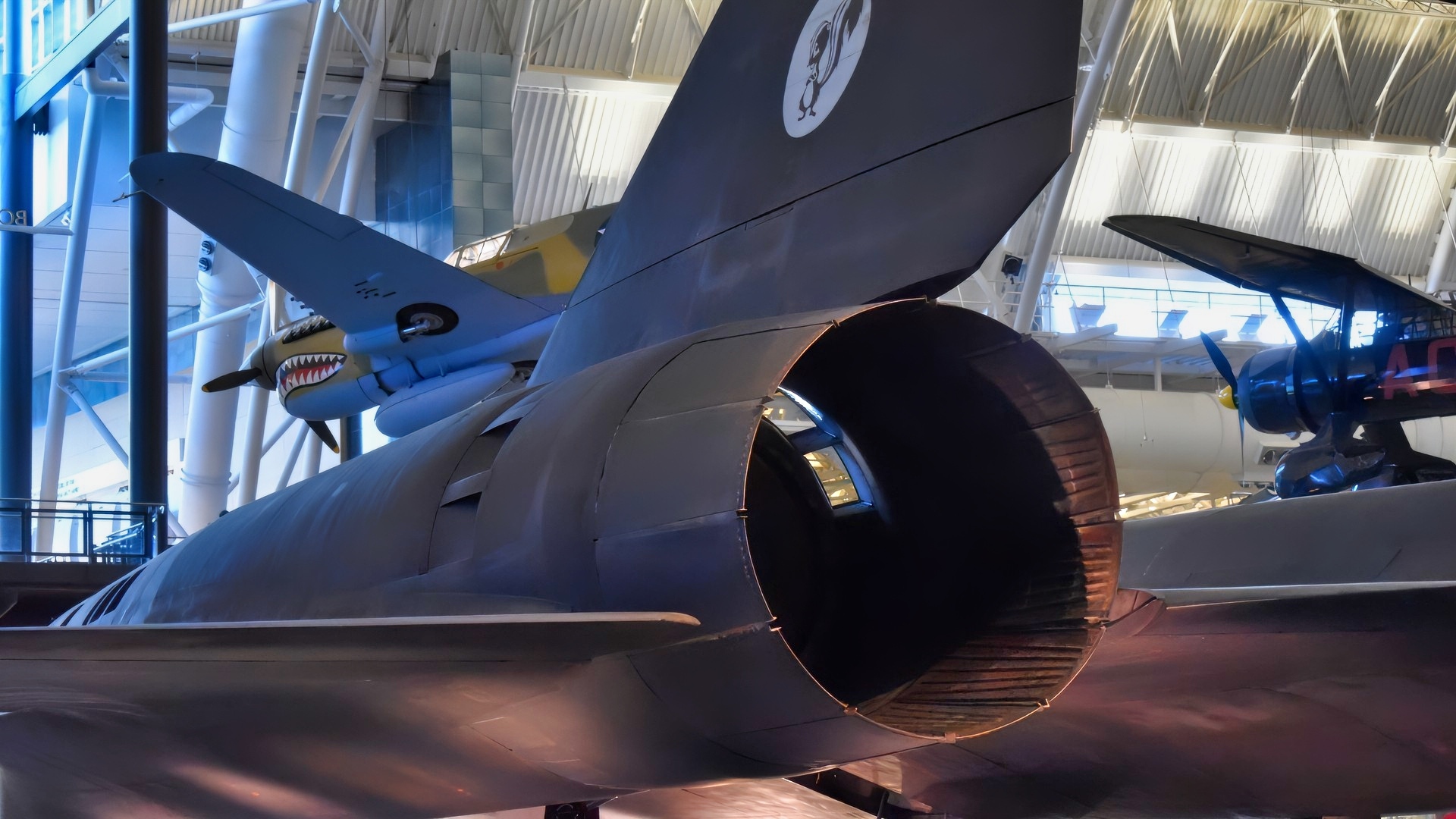
SR-71 Blackbird Rear Image. Credit: Taken on September 26, 2025 by National Security Journal.
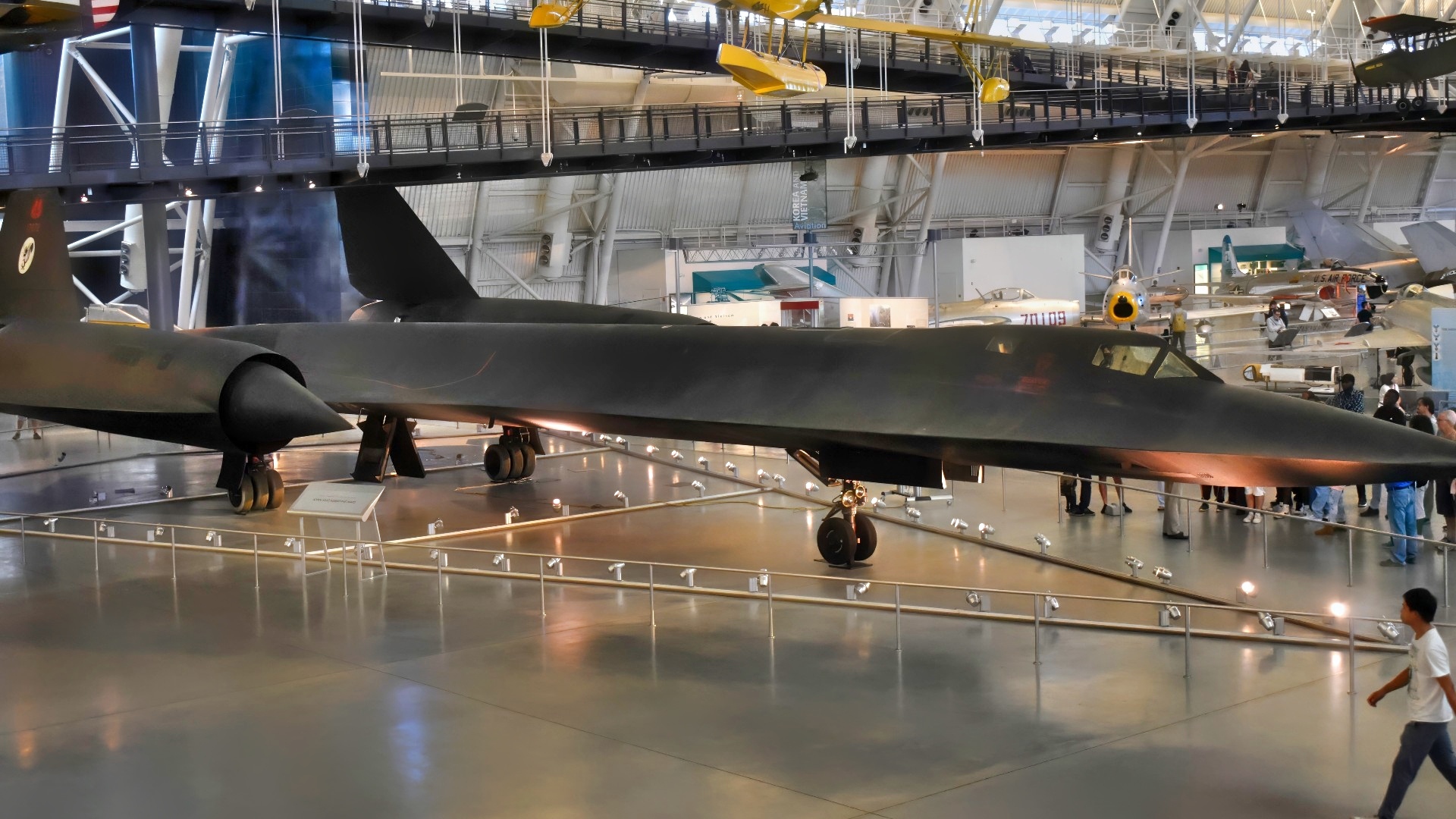
SR-71 Blackbird Smithsonian. Image Credit: National Security Journal.
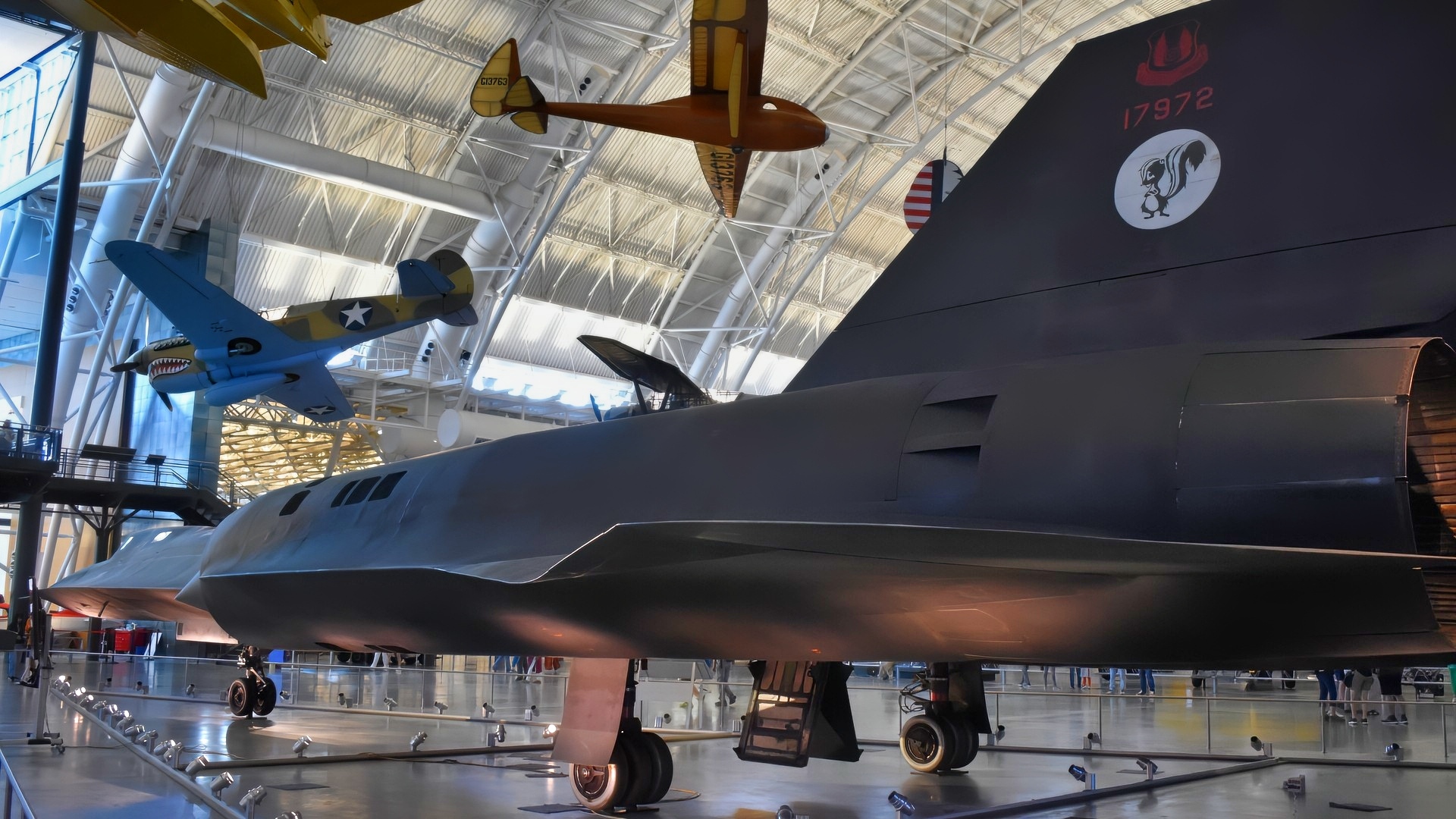
SR-71 Blackbird Full Side Shot. Image Credit: National Security Journal.
That did not end talk about an SR-71 revival.
The SR-71 Blackbird in 4 Words: Was a Comeback Possible?
After 9/11, the Pentagon raised the possibility of another SR-71 reactivation to participate in the war that was to follow. Ultimately this never happened.
Per a 2020 article in The War Zone, the proposed revival in 2001 is a “little-known chapter in the twilight of the SR-71 program [which] became the final nail in its coffin.”
TWZ added that “the now-scattered Blackbird community could reconvene and provide intelligence products within 60 to 90 days at a cost of 45 million dollars for startup and one year of operations,” according to a proposal at the time.
As of two days after the 9/11 attacks, there were three SR-71s available at Edwards Air Force Base: the 61-7980, 61-7971, and 61-7967.
However, the return of the SR-71 was not to be.
“Limited support from Air Force leadership and the perceived high cost of operation, which had been the bane of its existence for much of its later life, doomed the SR-71 Blackbird for a final time,” TWZ wrote.
It was the last real effort to revive the program, and the remaining flyable SR-71 planes were “disposed of” in 2003.
Per a NASA fact sheet, the last two SR-71s were “used by NASA as testbeds for high-speed and high-altitude aeronautical research at Dryden. The aircraft included an SR-71A and SR-71B (the trainer version), loaned to NASA by the U.S. Air Force.”
One of the aircraft flew for the last time in 1999, while the other “served as a research platform as well as for crew training and proficiency until October 1997.”
SR-72?
Lockheed Martin has been reported over the years to be working on a successor to the SR-71. This rumored aircraft is sometimes called the SR-72.
In 2013, Lockheed’s Skunk Works unveiled a concept for the SR-72. The aircraft would be the same size as the SR-71, but the ambition was for a plane that would fly twice as fast, reaching speeds of Mach 6. Lockheed said at the time that it “may have a scaled demonstrator of the SR-72 technology flying by 2023.”

SR-72 Darkstar Plane. Image Credit: Lockheed Martin Handout.

SR-72 Darkstar. Image Credit: Creative Commons.
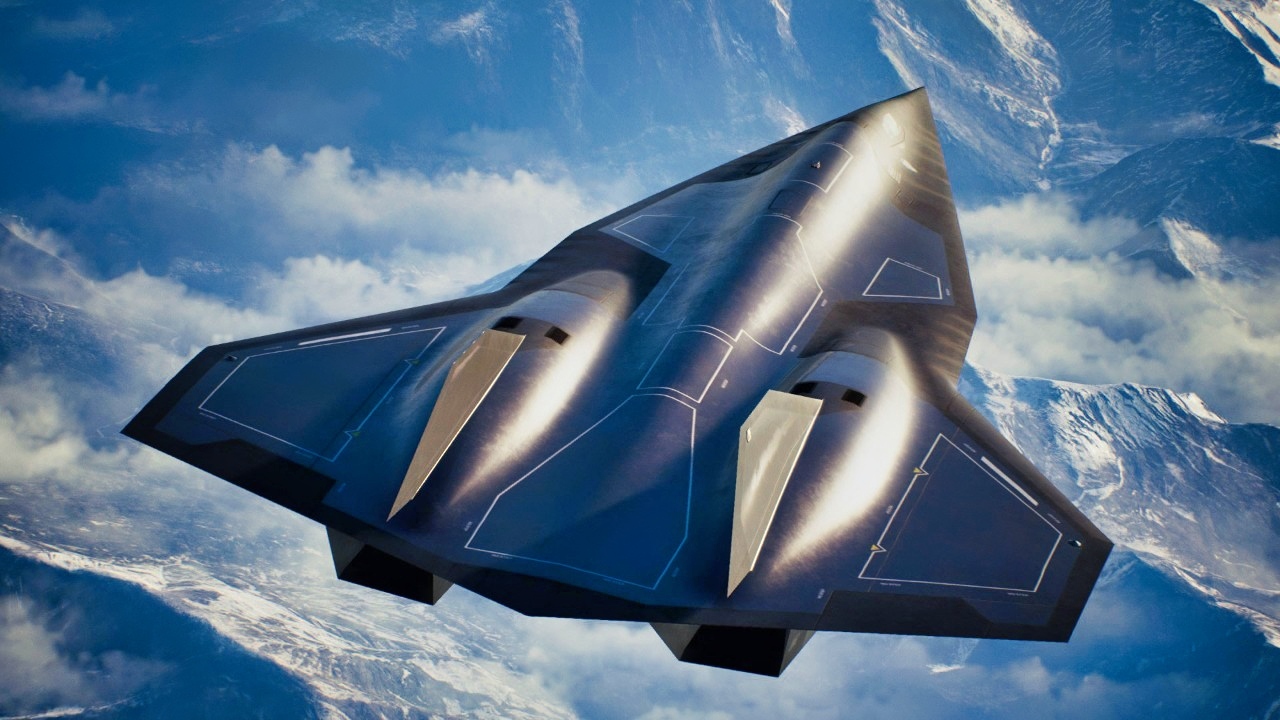
SR-72 Son of Blackbird. Image Credit: Creative Commons.
Five years later, in 2018, a report stated that Lockheed was “prepared to invest in excess of $1 billion to develop the SR-72 hypersonic unmanned aerial vehicle (UAV) for reconnaissance and combat missions,” with the company stating it aimed to fly the plane before 2025.
The status of the project remains a matter of some question. It is not clear that an SR-72 is being built at all.
Per Simple Flying, in the film Top Gun: Maverick, Tom Cruise is shown flying a plane whose “design and performance hints were heavily influenced by real-world concepts attributed to Lockheed Martin’s Skunk Works team.”
According to Sandboxx, there are hints in Lockheed’s SEC filings that they are working on a massive secret project for which they are expecting Pentagon reimbursement, which may hint that the SR-72 has progressed past the planning stages.
About the Author: Stephen Silver
Stephen Silver is an award-winning journalist, essayist, and film critic, and contributor to the Philadelphia Inquirer, the Jewish Telegraphic Agency, Broad Street Review, and Splice Today. The co-founder of the Philadelphia Film Critics Circle, Stephen lives in suburban Philadelphia with his wife and two sons. For over a decade, Stephen has authored thousands of articles that focus on politics, national security, technology, and the economy. Follow him on X (formerly Twitter) at @StephenSilver, and subscribe to his Substack newsletter.
More Military
Ready, Aim, Fire! The 5 Best Battleships of All Time
The F-35 Stealth Fighter Still Haunts the U.S. Military
Does Russia Even Need a Powerhouse Navy?
The YF-118G Bird of Prey Stealth Fighter Haunts the U.S. Air Force










